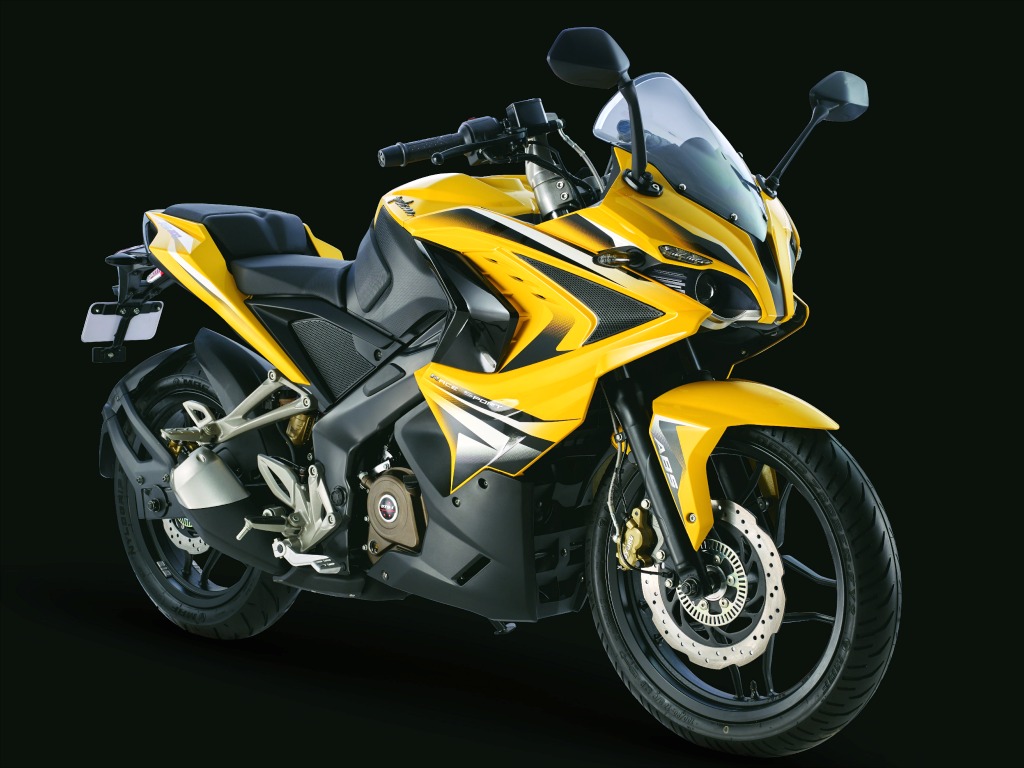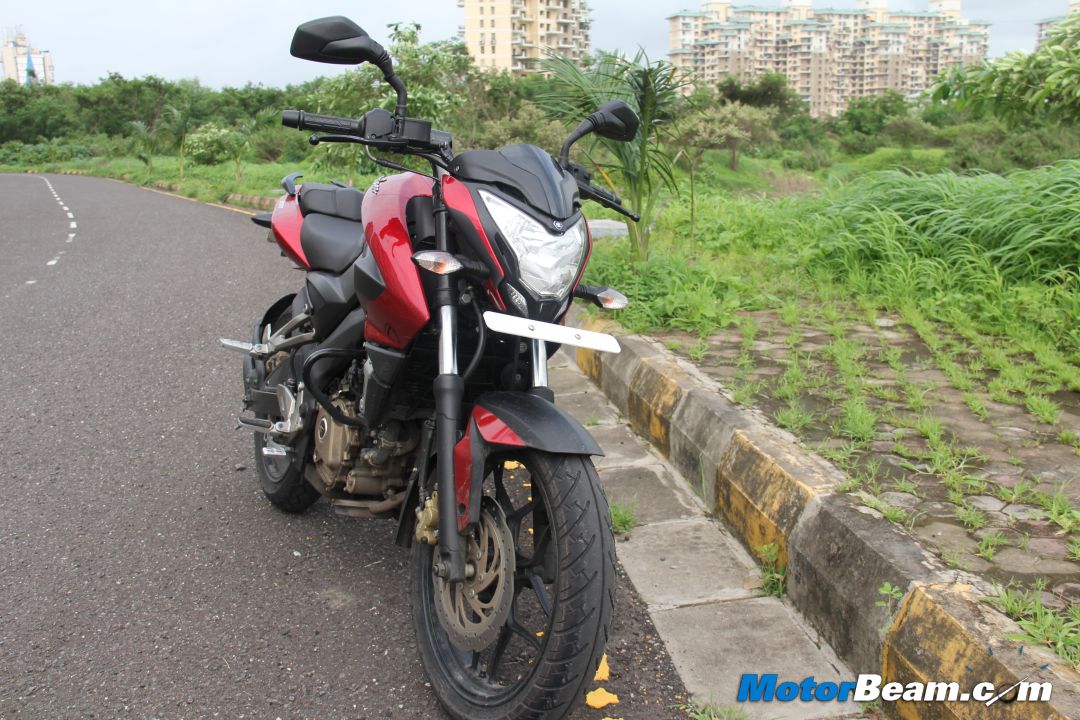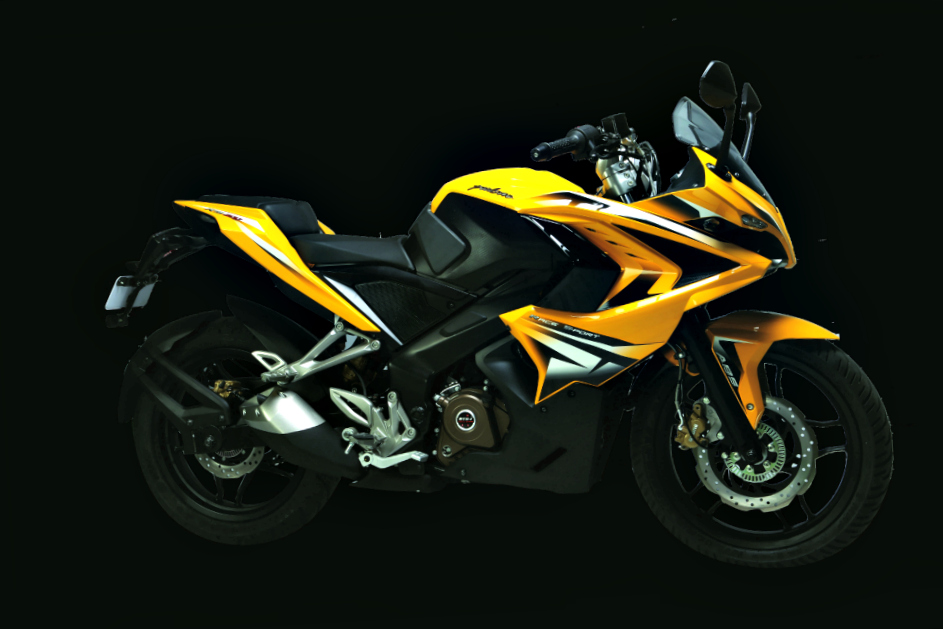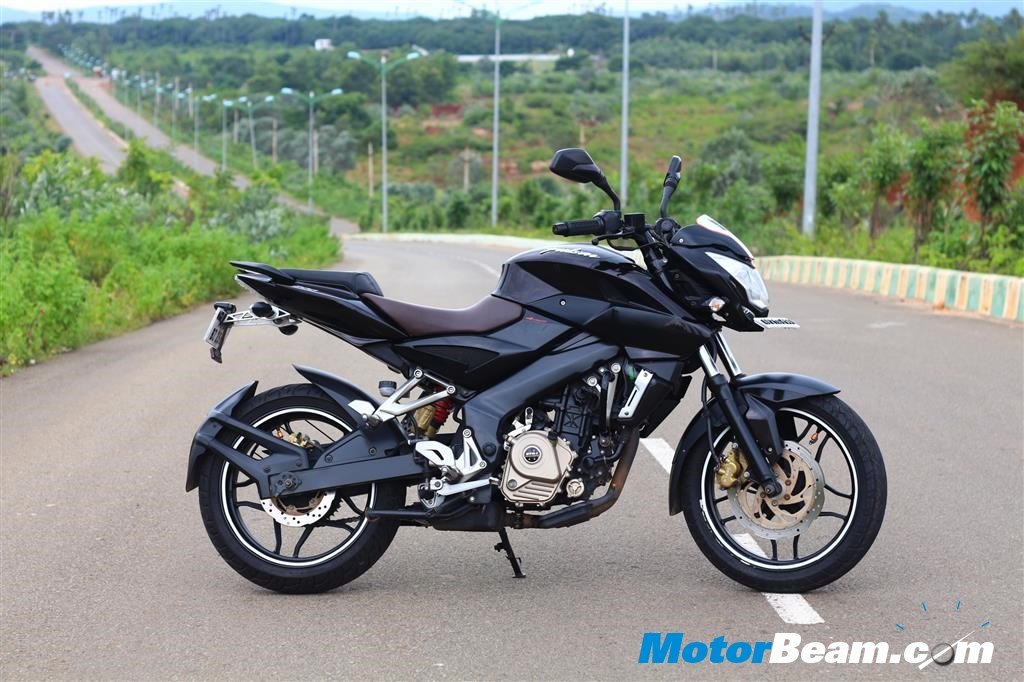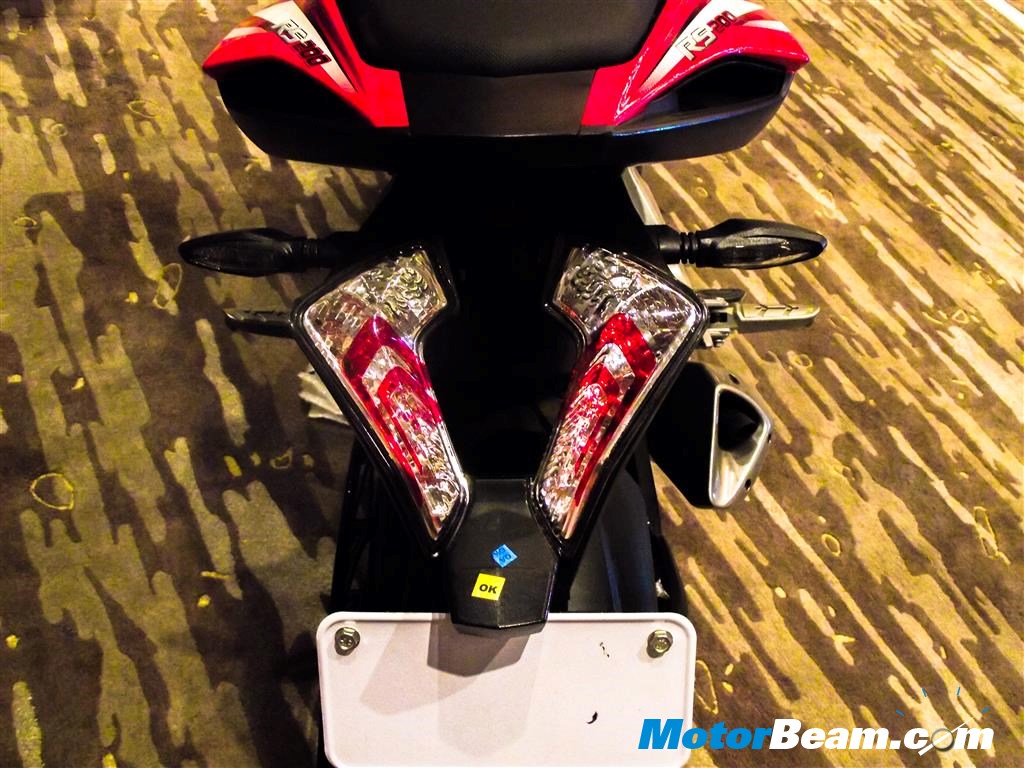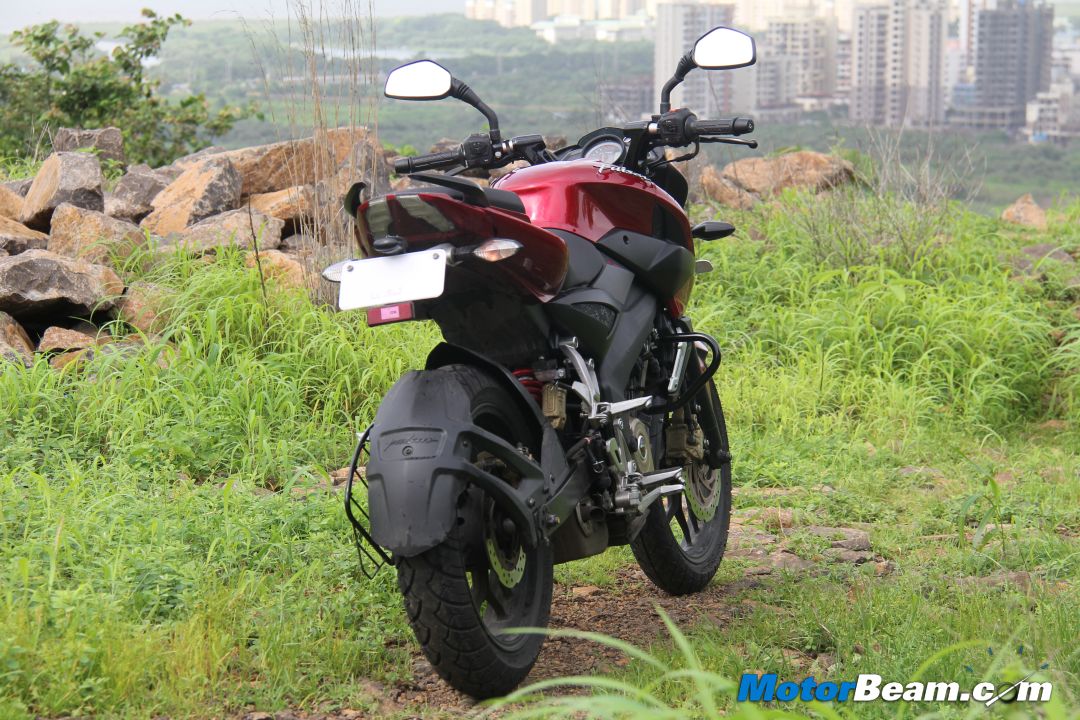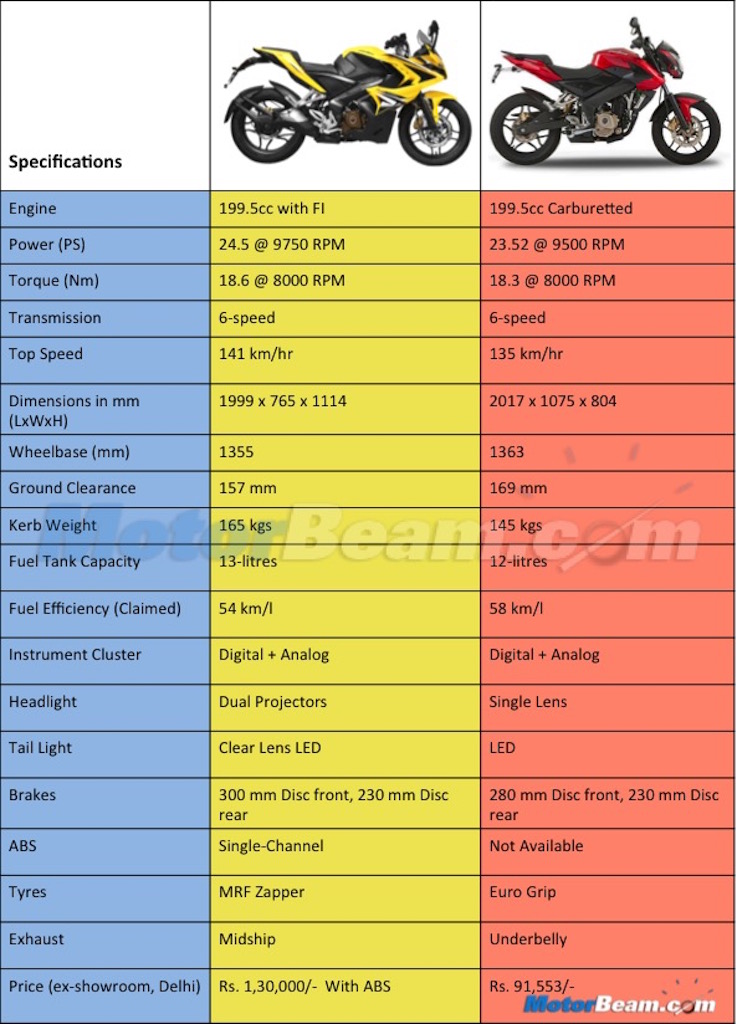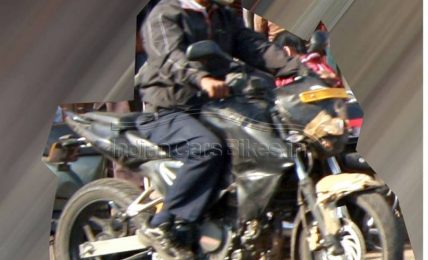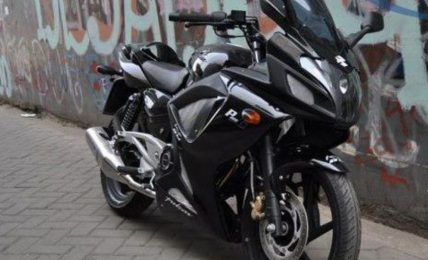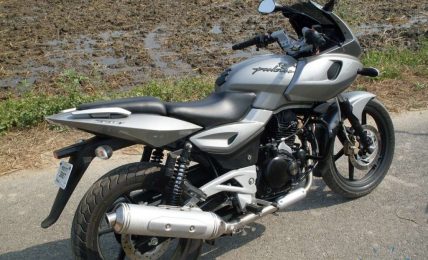We compare the similarities and differences between the Pulsar 200 NS and the new RS 200 that share the same underpinnings but are quite different.
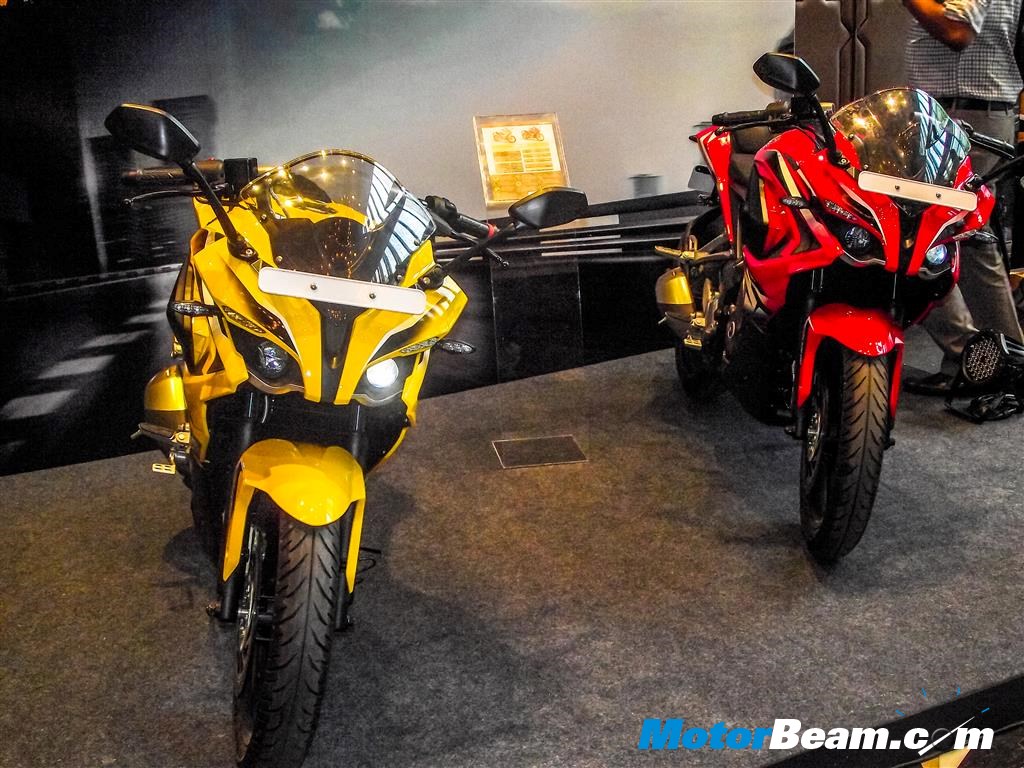
The most complex things to be right now is the Indian Cricket team, Oisin Tymon and a Pulsar fan. No, seriously! Hear us out, Bajaj has just launched the Pulsar RS 200, the ‘fastest Pulsar yet’ as they call it and also most technologically advanced Pulsar to go on sale. So if you have been an ardent fan of the Pulsar series, it will certainly be very difficult to choose between the excellent 200 NS (Naked Sport) and the newest RS (Race Sport) 200. While the difference may seem to be that of only the extra fairing, the upgrades on the RS 200 offer much more in every sense. Can’t decide which ‘Pulsar’ should you opt for? Let us help make things a bit simpler for you.
The design is what crucially differentiates the Pulsar RS 200 from the 200 NS. While the latter has an aggressive stance, slender frame and sharp lines all across, the new RS 200 comes with this bulky, imposing and sporty dual headlight design and looks nothing like its naked sibling. The tail section too sports the floating clear lens LED tail lamp instead of the integrated unit seen on the naked. If the 200 NS can be called retrained and sharp in its appearance, the RS 200 should be termed as ostentatious in its appeal. In either case, the design works on both bikes providing an individual appeal.
In terms of powertrain, both the bikes use the same 199.5cc single-cylinder engine which produces 23.52 PS at 9500 RPM on the 200 NS in its carbureted guise while the RS 200 comes equipped with a fuel injection system that has bumped the power to 24.5 PS at 9750 RPM. Torque has also been increased from 18.3 Nm on the 200 NS to 18.6 Nm on the RS 200. Both engines are liquid-cooled and employ triple spark plugs. Power is sent to the rear wheel via the same 6-speed gearbox on both the models. The additional power of the RS 200 though is met by additional bulk as the fully faired model weighs 165 kgs as compared to the 145 kgs on the naked sibling. Nonetheless, Bajaj claims that the RS 200 posts a higher top speed at 141 km/hr, compared the 135 km/hr top whack of the 200 NS.
In addition, the new Pulsar RS 200 does get single-channel ABS as optional while stopping power has been enhanced with the 300 mm front disc as opposed to the 280 mm front disc found on the 200 NS. Talking about the similarities, the RS 200 and the 200 NS are based on the same perimeter frame, use the same instrument cluster, 4-spoke split alloy wheels, 230 mm rear disc brake as well as telescopic forks at the front and monoshock suspension set-up at the rear.
In the end, it boils down to what is your requirement. The 200 NS in its current guise is an excellent proposition and is also one of the best bikes you can buy under Rs. 1 lakh. But at an increment of Rs. 25,000-40,000/- to your budget, the RS 200 will get you fuel injection, ABS, projector lamps and full fairing. So what floats your boat? Let us know in the comments section below.
